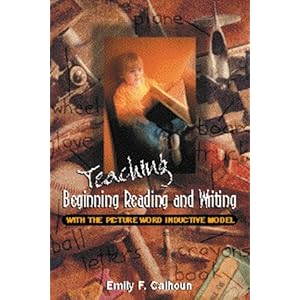The Picture Word Inductive Method (PWIM) is a clever and useful practical model for teaching beginning reading and writing. In meeting students where they are, the PWIM uses students' own background knowledge to engage them in discussion and use of words in many ways. Students help the teacher identify objects, actions, and descriptions in an image, all the while learning to spell, write, and identify the written words for existing oral vocabulary. While initially intended for only young first and beginning readers (ideally second grade and below), there are definitely positive implications for possible constructive use in foreign language or English Language Learner classrooms.
PWIM uses engaging images and illustrations to link to students' prior knowledge. From there, instructors are able to develop extensive sight word lists, phonics grouping and development lessons, as well as more advanced writing techniques, such as descriptive writing, creating titles, or simple sentences or paragraphs. Categorization and word sorting are common activities associated with this literacy method. Students identify commonalities between words, while discovering the "code" that is the English language. The PWIM is an inquiry-based language arts teaching method which, when used properly, can increase student success in the classroom in numerous ways. While initially seen as teaching only reading, the PWIM is an interactive, interdisciplinary model by which students can feel engaged, empowered, and become growing and developing readers, writers, and thinkers.










0 Responses to 'Teaching Beginning Reading and Writing with the Picture Word'
Post a Comment